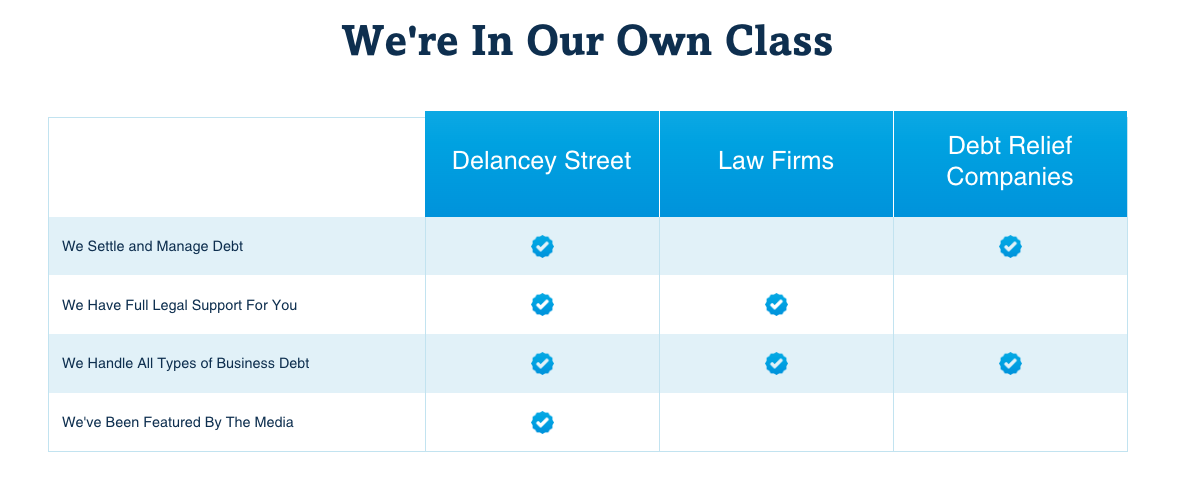The Successes and Failures of The Brady Plan For Debt Restructuring
Background on the Latin American Debt Crisis
In the 1970s and early 1980s, many Latin American countries borrowed heavily from foreign banks and governments to finance large public works and infrastructure projects. However, in the early 1980s, a combination of high interest rates, global recession, and falling commodity prices made it difficult for these countries to meet their debt obligations.
By 1982, Mexico declared that it could no longer service its $80 billion debt, threatening a wider financial crisis. This touched off the Latin American Debt Crisis, which lasted through the 1980s and saw many countries fall behind on billions of dollars of foreign debt.
 -
-Main Goals and Provisions of the Brady Plan
The Brady Plan aimed to help highly indebted developing countries restructure and reduce their debt to manageable levels through several provisions:
- Debt relief: Banks voluntarily reduced debt principal and interest rates for indebted countries
- New money: Banks provided new loans to countries to support economic reforms
- Debt-equity swaps: Banks converted debt into bonds backed by U.S. Treasury bonds as collateral
- IMF/World Bank support: The IMF and World Bank provided financing conditioned on economic reforms
The main goals were to help indebted countries regain access to capital markets while ensuring banks got repaid a portion of their outstanding loans.
Successes of the Brady Plan
The Brady Plan is widely viewed as successful in accomplishing several key goals:
- Reduced debt burdens: Brady deals reduced debt by an average of 35%, freeing up government resources
- Renewed growth: Brady countries grew at an average annual rate of 3.1% from 1990-1997
- Increased investment: Foreign direct investment flows increased post-Brady Plan
- Bond market development: New bond markets emerged in previously debt-ridden countries
From 1989 to 1998, deals were struck to restructure $200 billion in debt owed by 18 countries. The improved economic health also allowed these countries to begin borrowing again, albeit more cautiously.
 -
-Failures and Shortcomings of the Brady Plan
However, the Brady Plan did have some notable failures and shortcomings:
- Limited participation: Only 18 countries completed Brady deals out of over 40 heavily indebted developing countries
- Social costs: Economic reforms required by the IMF and World Bank under Brady deals often led to cuts in social services, unemployment, and inequality in participating countries.
- Lingering debt problems: While some debt burdens were reduced, Brady Plan countries continued to owe sizable debts going into the 21st century.
- Limited protections against future crises: More safeguards could have been put into place to reduce vulnerability to crises after the Brady Plan.
Conclusion
In the end, the Brady Plan can be considered a qualified success. While it failed to completely resolve the debt overhang for many countries, it did restore economic growth and market access for several major Latin American economies. It also pioneered the use of collateralized bonds to restructure sovereign debt, an approach which influenced subsequent emerging market debt crises.
However, for some of the poorest Brady Plan countries, high debt burdens lingered after reduced Brady deals, leading to ongoing economic struggles and the need for further debt relief. The social impact of harsh economic reforms also highlighted shortcomings of the plan’s approach to crisis resolution.
Overall, the Brady Plan made substantial progress towards resolving the 1980s Latin American debt crisis. But its mixed record also revealed the inherent challenges in structuring sustainable debt relief plans that balance creditor interests with the social needs of indebted nations.
Resources
Overview of the Brady Plan: https://www.reddit.com/r/AskEconomics/comments/9kh3p5/what_exactly_was_the_brady_plan/
 -
-Background on Latin American Borrowing: https://www.imf.org/external/pubs/ft/fandd/2007/03/basics.htm
Causes of the Latin American Debt Crisis: https://www.quora.com/What-caused-the-Latin-American-debt-crisis-of-the-1980s
Mexico’s 1982 Debt Moratorium: https://www.lawinfo.com/resources/international-law/mexico/the-mexican-debt-crisis.html
 -
-Main Provisions of the Brady Plan: https://www.findlaw.com/smallbusiness/business-finances/the-brady-plan-a-solution-to-developing-nations-debt.html
Goals of the Brady Plan: https://www.avvo.com/legal-guides/ugc/what-is-the-brady-plan
Assessing Successes of the Brady Plan: https://www.reddit.com/r/AskEconomics/comments/dtqpuy/how_successful_was_the_brady_plan/
Debt Relief Under Brady Plan: https://www.imf.org/external/pubs/ft/fandd/2007/03/basics.htm
Economic Growth Post-Brady Plan: https://www.quora.com/How-successful-was-the-Brady-Plan
Impact on Foreign Investment: https://www.lawinfo.com/resources/international-law/latin-america/assessing-the-brady-plan.html
Emergence of New Bond Markets: https://www.findlaw.com/smallbusiness/business-finances/the-brady-plan-a-solution-to-developing-nations-debt.html
Overview of Deals and Borrowing: https://www.avvo.com/legal-guides/ugc/what-is-the-brady-plan
Shortcomings of the Brady Plan: https://www.reddit.com/r/askeconomics/comments/9v1wxy/what_were_the_main_criticismsfailings_of_the/
Social Impact of Reforms: https://www.quora.com/What-were-some-negative-consequences-or-criticisms-of-the-Brady-Plan
Lingering Debt Burdens: https://www.lawinfo.com/resources/international-law/central-south-america/lingering-impacts-of-the-latin-american-debt-crisis.html
Lack of Crisis Protections: https://www.findlaw.com/smallbusiness/business-finances/the-brady-plan-a-solution-to-developing-nations-debt.html
Influence on Subsequent Crises: https://www.avvo.com/legal-guides/ugc/what-is-the-brady-plan
Need for Further Debt Relief: https://www.reddit.com/r/askeconomics/comments/dtqpuy/how_successful_was_the_brady_plan/







